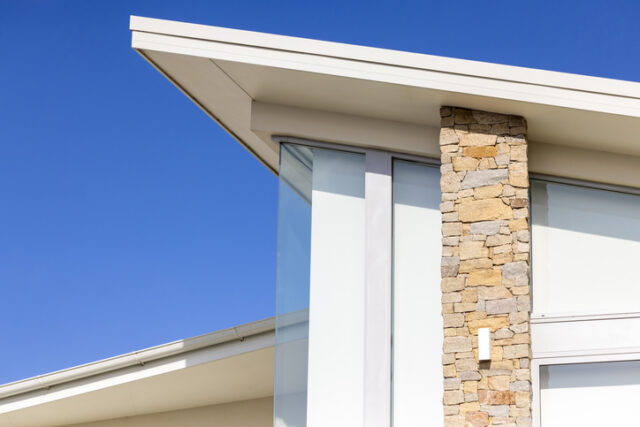
Windows play a vital role in a home’s safety, energy efficiency and comfort—but not all windows are created equal. In Australia, strict regulations and Standards govern how windows and glazing are manufactured, tested and installed to make sure they’re fit for purpose in our often harsh climate.
Whether you’re building, renovating or replacing old windows, understanding these requirements can help you choose products that perform well, meet the rules and last the distance.
Why regulations exist
The National Construction Code (NCC) sets out minimum requirements for all building components, including windows and glass. The technical details are found in two key Australian Standards:
- AS 2047 – for window selection and installation
- AS 1288 – for glass selection and installation
These Standards are in place to protect you. They ensure that windows won’t leak, rattle or shatter under stress and that the right type of glass is used in the right areas of the home.
How windows are tested
Before a window product can be certified for use, it has to pass a series of performance tests set out in the AS 4420 testing suite. These tests simulate real-world conditions, such as high wind loads or driving rain, to ensure the product performs safely and consistently.
Here’s a quick breakdown of the common tests:
| Standard | Test type | Purpose |
|---|---|---|
| AS 4420.2 | Deflection test | Measures how much the frame bends under wind pressure |
| AS 4420.3 | Operating force | Ensures windows can be opened and closed easily |
| AS 4420.4 | Air infiltration | Assesses energy and acoustic performance |
| AS 4420.5 | Water resistance | Checks that no water leaks through the frame |
| AS 4420.6 | Ultimate strength | Applies 1.5× the design wind load to ensure durability |
What to look for when buying
All residential windows sold in Australia must meet AS 2047 and carry a permanent compliance label showing their wind and water ratings. These labels are usually located on the inside of the frame or head.
Choosing windows certified by the Australian Glass & Window Association (AGWA, formerly AWA) offers extra peace of mind. AGWA members must test their products at accredited facilities and provide a Certificate of Compliance, along with a minimum 7-year warranty.
Energy ratings and your windows
With energy efficiency standards on the rise, windows now play a bigger role than ever in a home’s overall performance. Under current requirements, all new homes must achieve a minimum 6-star energy rating. This rating looks at how well your home maintains comfortable temperatures with minimal heating or cooling, and windows are a key factor.
Because windows are usually the weakest thermal link in the building envelope, poor choices can quickly drag down your rating. To maximise energy performance, consider:
- High-performance glass (such as low-e or double glazing)
- Thermally broken or insulated frames
- Correct orientation and shading
Understanding star ratings
The star rating system is based on how efficiently a home uses energy for heating and cooling:
- 0 stars – No insulation from outdoor temperatures
- 10 stars – Maintains a comfortable indoor climate year-round with no mechanical heating or cooling
Achieving a 6-star rating can look very different depending on your climate zone. What works in Hobart won’t necessarily work in Darwin.
Existing homes and disclosure rules
Energy efficiency isn’t just a consideration for new builds. If you’re selling or leasing your property, disclosure laws may require you to provide information about its energy, water and greenhouse performance. These rules vary by state but are part of a broader national strategy to improve the efficiency of Australia’s housing stock.
State-by-state regulations
While national Standards apply across Australia, some states and territories have additional requirements or approval processes. For the latest info, contact your local authority:
- NSW – NSW Fair Trading
- Victoria – Victorian Building Authority
- Queensland – Queensland Building and Construction Commission
- WA – Building Commission WA
- SA – Department of Planning, Transport and Infrastructure
- TAS – Department of Justice, Building Standards and Occupational Licensing
- ACT – Environment, Planning and Sustainable Development Directorate
- NT – NT Department of Infrastructure, Planning and Logistics
Final thoughts
Windows may seem like a simple product, but they do a lot of heavy lifting—from protecting against storms to keeping your energy bills down. By understanding the regulations and checking for compliance with AS 2047, AS 1288 and the relevant performance tests, you’ll be in a better position to make smart, future-proof decisions for your build or renovation.




